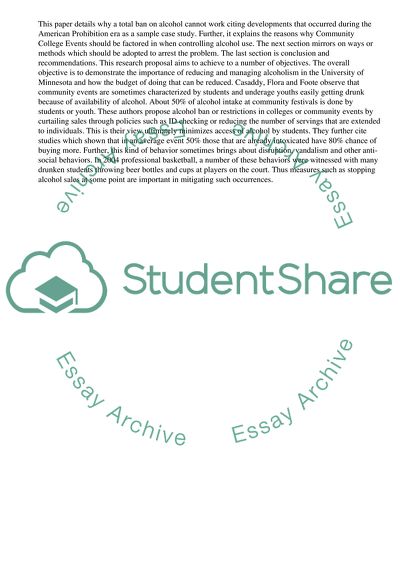Cite this document
(“Anti-Drinking Campaign in the University Essay Example | Topics and Well Written Essays - 1500 words”, n.d.)
Anti-Drinking Campaign in the University Essay Example | Topics and Well Written Essays - 1500 words. Retrieved from https://studentshare.org/management/1577928-anti-drinking-campaign-to-a-hypothetical-college
Anti-Drinking Campaign in the University Essay Example | Topics and Well Written Essays - 1500 words. Retrieved from https://studentshare.org/management/1577928-anti-drinking-campaign-to-a-hypothetical-college
(Anti-Drinking Campaign in the University Essay Example | Topics and Well Written Essays - 1500 Words)
Anti-Drinking Campaign in the University Essay Example | Topics and Well Written Essays - 1500 Words. https://studentshare.org/management/1577928-anti-drinking-campaign-to-a-hypothetical-college.
Anti-Drinking Campaign in the University Essay Example | Topics and Well Written Essays - 1500 Words. https://studentshare.org/management/1577928-anti-drinking-campaign-to-a-hypothetical-college.
“Anti-Drinking Campaign in the University Essay Example | Topics and Well Written Essays - 1500 Words”, n.d. https://studentshare.org/management/1577928-anti-drinking-campaign-to-a-hypothetical-college.


